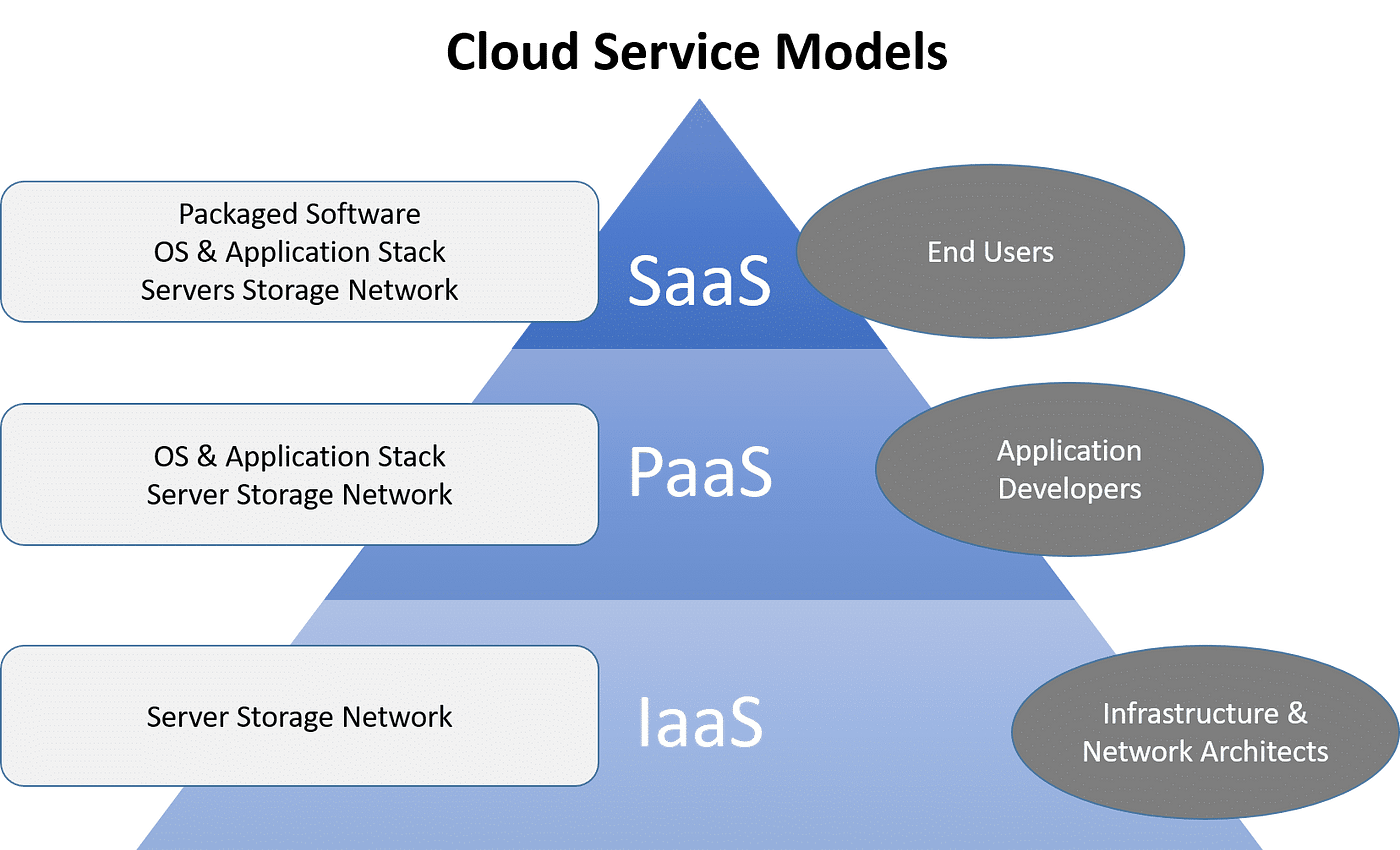Boost Your Online Presence with LinkDaddy Cloud Services: Efficient Methods for Cloud Services Press Release
Simplify Your Framework With Cloud Services
As companies browse the ever-evolving landscape of modern technology and information management, the function of cloud services in simplifying framework has actually become progressively noticeable. How can companies properly browse this transition and truly open the possibility of cloud services for streamlining their facilities?
Benefits of Cloud Services
Cloud solutions offer a streamlined strategy to handling IT facilities, offering services with adaptability, scalability, and cost-efficiency. One of the vital advantages of cloud solutions is the scalability they supply. Businesses can quickly scale their sources up or down based upon need, guaranteeing they only pay for what they utilize. This adaptability is especially advantageous for businesses with fluctuating demands or those experiencing development.
In addition, cloud solutions get rid of the need for organizations to buy costly software and hardware. This cost-efficiency is a considerable benefit, specifically for tiny to medium-sized business seeking to reduce upfront prices. By utilizing cloud solutions, services can access high-grade IT resources without the hefty price associated with typical facilities arrangements.
In addition, cloud services supply businesses with the versatility to access their information and applications from anywhere with an internet connection. This level of access enhances cooperation amongst teams, makes it possible for remote job, and enhances general productivity. The adaptability offered by cloud solutions empowers services to adapt swiftly to changing market problems and consumer demands.
Expense Financial Savings and Scalability
In addition to the operational advantages highlighted previously, the assimilation of cloud solutions right into a firm's framework produces substantial cost savings and enhanced scalability. Cloud services offer a pay-as-you-go model, allowing companies to scale sources up or down based on present demands, thus staying clear of the costs connected with preserving excess capability. This adaptability makes it possible for companies to adapt quickly to rising and fall needs without sustaining unnecessary expenses.
Moreover, cloud solutions remove the demand for ahead of time financial investments in software and hardware, minimizing funding expenditures. Business expenses are likewise decreased as companies no much longer need to manage and keep physical web servers, causing lower energy intake and IT staffing costs. In addition, cloud solutions offer automatic updates and upkeep, making sure that the framework remains current and safe without needing hand-operated interventions.
Boosted Protection Actions
When incorporating cloud solutions into a firm's facilities to make sure and protect delicate data compliance with sector regulations,Carrying out stringent security steps is extremely important. Cloud service providers provide enhanced safety features such as information file encryption, firewall protection, and multi-factor verification to minimize cybersecurity dangers. File encryption helps protect information both at remainder and en route, making certain that just authorized customers can access sensitive details. Firewall softwares act as a barrier in between external hazards and interior networks, tracking and controlling incoming and outward bound network traffic. Multi-factor verification includes an extra layer of safety by calling for customers to offer numerous forms of confirmation before accessing the cloud services.
Additionally, normal security audits and compliance evaluations aid ensure and identify vulnerabilities adherence to sector requirements. Business can likewise gain from attributes like computerized protection updates and real-time threat tracking provided by cloud provider. By prioritizing security actions and staying proactive in resolving prospective dangers, companies can with confidence take advantage of cloud services while safeguarding their useful data from unauthorized click reference gain access to or violations.
Transitioning to Cloud Facilities
To efficiently incorporate cloud services into a business's framework, an organized technique that resolves the change towards cloud-based remedies is essential. Transitioning to shadow framework involves mindful preparation and implementation to ensure a smooth migration process. The primary step is to evaluate the existing facilities and figure out which applications and systems are suitable for migration to the cloud. This examination ought to think about aspects such as information level of sensitivity, conformity demands, and efficiency demands.
As soon as the assessment is total, a migration strategy must be developed. This strategy must describe the timeline, sources, and duties for relocating each component to the cloud. It is vital to communicate this strategy clearly great post to read to all stakeholders to guarantee alignment and lessen disturbances during the shift.
Throughout the movement procedure, surveillance and testing are important to recognize and resolve any kind of issues without delay. Normal checkpoints ought to be established to track progress and make needed adjustments. In addition, training for workers on using cloud services need to be supplied to make sure a successful transition and make the most of the advantages of the new framework.
Finest Practices for Cloud Adoption
Effective adoption of cloud services rests on the calculated alignment of service objectives with technological abilities and organizational readiness. To guarantee a smooth shift to the cloud, companies need to begin by carrying out an extensive analysis of their current facilities and determining which work are best fit for cloud migration. It is crucial to involve crucial stakeholders from various departments in the decision-making procedure to gain buy-in and resolve any concerns early.
One more best practice for cloud adoption is to focus on safety and security and compliance. Organizations has to very carefully evaluate the safety and security procedures supplied by cloud service companies and make certain that their data is secured according to industry requirements and regulatory demands. Applying robust data file encryption, access controls, and routine safety and security audits can aid alleviate risks connected with cloud adoption.

Verdict

As businesses navigate the ever-evolving landscape of technology and information administration, the duty of cloud services in streamlining infrastructure has ended up being increasingly famous - Cloud Services. Exactly how can businesses successfully browse this transition and genuinely unlock the capacity of cloud solutions for simplifying their infrastructure?
Cloud solutions provide a structured strategy to handling IT framework, supplying services with flexibility, cost-efficiency, and scalability. By making use of cloud solutions, companies can access premium IT sources without the significant rate tag connected with traditional framework arrangements.
To make sure a smooth change to the cloud, organizations must begin by performing a comprehensive analysis of their present infrastructure and identifying which work are best suited for cloud migration.